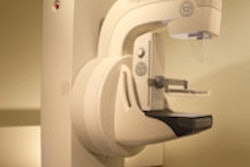Thursday, December 3 | 10:40 a.m.-10:50 a.m. | SSQ10-02 | Room S402AB
Addressing calibration of off-the-shelf displays, researchers from Stanford University will discuss the development of a calibration tool that enables radiologists to verify their PC's display quality, allowing them to remotely participate in clinical trials over the Internet.The Stanford Calibration Tool prompts users to enter words as they become visible on the screen, displayed in turn as black on a black background, gray on a gray background, and white on a white background. As they become visible (the words gradually change color toward the opposite end of the grayscale spectrum), users enter them into a textbox where their correctness is verified. Total scores are then calculated.
To evaluate the appropriateness of using nonspecialized displays for evaluating lung nodules on CT scans, the researchers used the tool to test 30 different standard PC monitors in their currently used configuration. Based on average scores, 26 of the 30 monitors were judged to have acceptable display quality and 22 yielded excellent image quality scores.
"While our test relies on human input, it does not allow the reader to bypass the test as it relies on just-noticeable differences," presenter Florian Schmitzberger of Stanford University in Stanford, CA, told AuntMinnie.com. "This allows us to use the test for remote users participating in our trials, as the test takes no more than two minutes to complete and assesses the used display effectively."




















